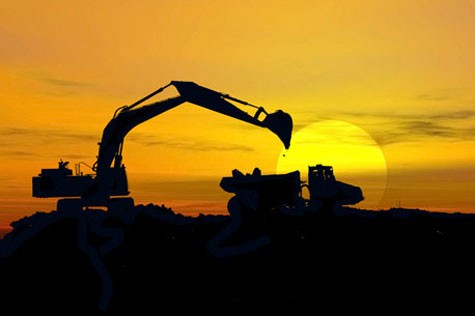
Buildings that can be dismantled, reconfigured and adapted in the future will prove to be the most sustainable, according to leading academics.
Professor Richard Reed of Deakin University told Architecture & Design that the real test of a building’s sustainability is “time”.
“We live in a society with an increasing obsolescence, from phones and mobiles, to cars - people are constantly changing,” he said.
Buildings will need to be capable of change too, in order to keep up with their inhabitants’ changing needs, he said.
“At a time when we need to be focused on the long term and recycling, buildings are being replaced a lot faster than they necessarily have to be. There’s no point having an energy efficient building if it has to be replaced every 10 years.”
Aesthetics has a lot to do with it and green design needs to avoid fad architecture, he said.
“If you design a building that is too different, it quickly becomes obsolete faster than a standard one,” he said.
It was also difficult to judge the effectiveness of rating systems such as the GBCA’s Green Star tools, since none of the Green Star-rated buildings are yet 10 years old, he said.
Senior lecturer at Deakin, Dr Sara Wilkinson, told Architecture & Design that the most successful sustainable buildings are be designed for adaptability.
Future-proofing buildings by considering how they can be dismantled, reconfigured and brought up to date with future trends, is the best way to achieve sustainable design, Wilkinson said.
“It’s the idea that, if you have a flexible building it’s going to have a longer life,” she said. “As time goes by you have less energy embodied in the building, so it may be councils will legislate to prevent the demolition of buildings until that embodied energy has fallen below a certain level.”

